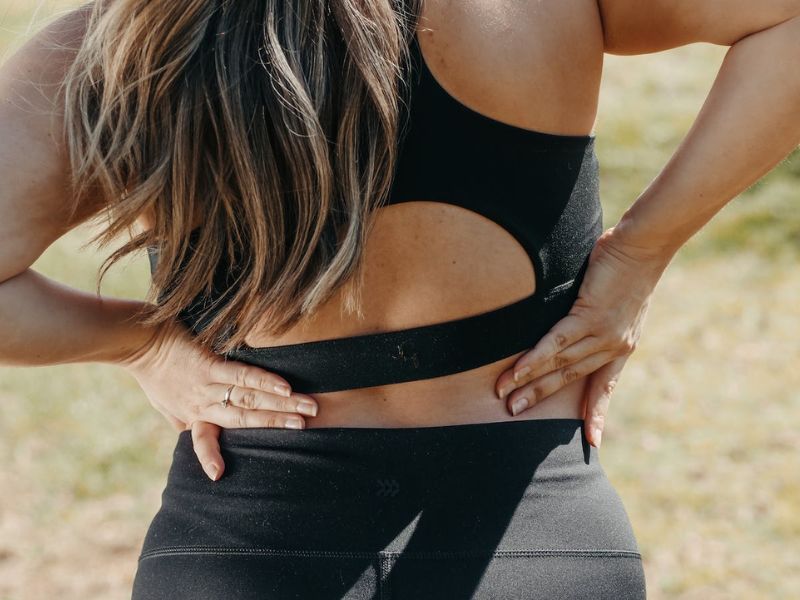Lower back pain is a prevalent condition that affects millions of people worldwide. However, several misconceptions surround the causes, treatment, and prevention of lower back pain. To shed light on this topic, we consulted a physical therapist to address and debunk five common misconceptions associated with lower back pain.
Rest Is The Best Solution
A common misconception about lower back pain is that rest is the best solution. While brief rest can help in the acute phase, prolonged inactivity hampers recovery. Physical therapists stress the need for an active lifestyle and targeted exercises to strengthen the core and surrounding muscles, aiding healing and preventing future back pain.

Image Credit: Pexels/Kindelmedia
Surgery Is The Only Option
Many believe surgery is the only solution for chronic lower back pain. However, surgery is typically considered a last resort after conservative treatments have been exhausted. Physical therapy, including exercises, manual therapy, and other non-invasive techniques, is often the first line of treatment experts recommend to effectively manage and alleviate lower back pain.
Bed Firmness Is Key
Contrary to popular belief, the ideal mattress firmness for lower back pain varies based on body type, sleep position, and personal comfort. Consulting a physical therapist helps determine the best mattress type for individual needs.

Image Credit: Pexels/ Martawave
Lifting Heavy Objects Is Always Harmful
Heavy lifting always harms the lower back. In reality, it’s incorrect lifting techniques that are risky. Learning proper body mechanics, like bending at the knees and using leg strength instead of the back, reduces lower back strain. Physical therapists offer guidance on safe lifting practices to minimize injury risk.
Exercise Aggravates Lower Back Pain
Many people mistakenly believe that exercise exacerbates lower back pain. However, engaging in appropriate exercises under a physical therapist’s guidance can alleviate discomfort and promote long-term recovery. Strengthening exercises that target the core and surrounding muscles help stabilize the spine, improve flexibility, and reduce the risk of future pain episodes.